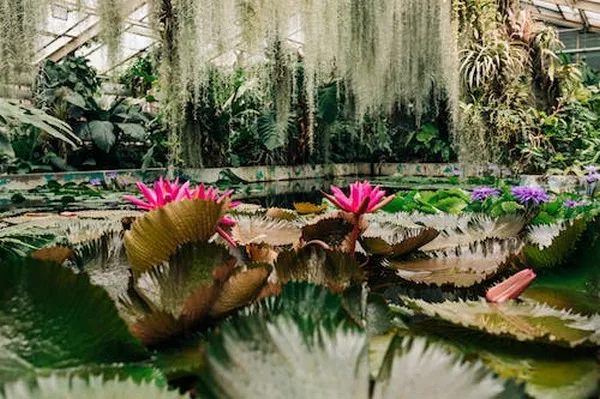Succulent plants have long captured the interest of gardening enthusiasts with their unique shapes, vibrant colors, and ability to thrive in arid conditions. However, beyond their ornamental value, did you know that some succulents are also edible? In this comprehensive guide, we will explore the world of edible succulents, providing insights into the types of succulent plants that can be safely consumed, their nutritional benefits, and various culinary uses. Whether you are an avid gardener or a curious food lover, this article aims to shed light on the fascinating intersection of succulent plants and gastronomy.
What Makes a Succulent Edible?
Before delving into specific varieties, it is essential to understand the criteria that determine the edibility of succulent plants. Certain succulents have been traditionally consumed by various cultures for centuries, while others may be less known or utilized. Factors such as taste, texture, nutritional content, and potential toxicity must be carefully considered when incorporating succulents into culinary endeavors. By understanding these criteria, we can confidently explore the world of edible succulents.
Popular Edible Succulents
Aloe Vera: Renowned for its healing properties, Aloe vera is not only used topically but also as a nutritious ingredient in smoothies, salads, and even desserts.
Purslane: Often considered a common garden weed, purslane is a highly nutritious succulent that can be used in salads, stir-fries, and soups, providing a delightful lemony flavor.
Prickly Pear Cactus: The pads (nopales) and fruits (tunas) of the prickly pear cactus are edible and widely used in Mexican cuisine, offering a unique flavor and texture to dishes.
Ice Plant: With its crisp texture and slightly salty taste, the ice plant adds a refreshing element to salads and can also be pickled for a tangy twist.
Agave: Known for its use in tequila production, certain species of agave offer edible parts, such as the flower stalks (quiotes) and young shoots (quiotes de maguey), which can be roasted or used in various dishes.
Nutritional Benefits of Edible Succulents
Edible succulents offer an array of nutritional benefits, making them a valuable addition to a balanced diet. Succulents are generally rich in dietary fiber, vitamins (such as vitamin C and vitamin A), minerals (including calcium, magnesium, and potassium), and antioxidants. Additionally, some succulents possess unique bioactive compounds that contribute to their potential health benefits, such as anti-inflammatory and antioxidant properties. Incorporating these nutrient-dense plants into your meals can provide a boost to your overall well-being.
Culinary Uses and Recipes
Salads: Edible succulents can add texture and flavor to salads. Try combining purslane, aloe vera gel, and prickly pear cactus pads with a citrus vinaigrette for a refreshing salad.
Smoothies: Aloe vera gel can be blended with fruits like pineapple and cucumber for a hydrating and nutritious smoothie.
Stir-Fries and Sauteed Dishes: Incorporate sliced nopales (prickly pear cactus pads) into stir-fries or sauté them with onions and peppers for a tasty and nutritious side dish.
Desserts: Agave syrup derived from certain agave species can be used as a natural sweetener in desserts like cakes, cookies, and puddings.
Precautions and Harvesting Tips
When foraging or harvesting edible succulents, it is essential to take precautions to ensure proper identification and avoid any potentially toxic species. Consult reliable sources, seek guidance from experts, or purchase from trusted suppliers to ensure safety. Additionally, practice sustainable harvesting techniques, such as taking only what is needed and allowing the plant to regenerate.
Conclusion
Exploring the world of edible succulents opens up a realm of culinary possibilities. From aloe vera and purslane to prickly pear cactus and agave, these succulent plants offer unique flavors, textures, and nutritional benefits. As with any new culinary adventure, it is essential to research and ensure the safety and proper identification of edible succulents. By incorporating these fascinating plants into your meals, you can not only expand your gastronomic horizons but also tap into the nutritional treasures that edible succulents have to offer.


